Samsung Galaxy S4 vs. HTC One: Who Will Win?
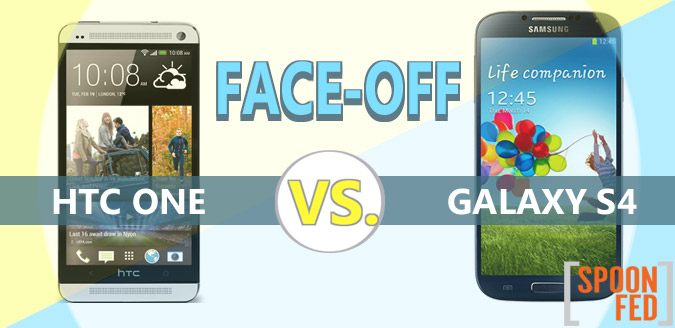
With all the talk about the Galaxy S4 being an iPhone killer, it's easy to forget that Samsung's flagship faces serious competition from other Android phones. To me, the HTC One belongs at the top of that list of adversaries. From its jaw-dropping aluminum design and bold new Blink Feed interface to its Ultrapixel camera, the One is ready to challenge the S4 for smartphone supremacy. Then again, the Galaxy S4 has so many “wow-inducing” innovations stuffed into its slim frame that it redefines cutting edge.
So which superphone will win this battle? The S4 hasn't even hit the market yet, so it's too early to call a definitive winner. But I've spent enough hands-on time with both handsets to predict which device will likely win the hearts and minds of more shoppers.
Design
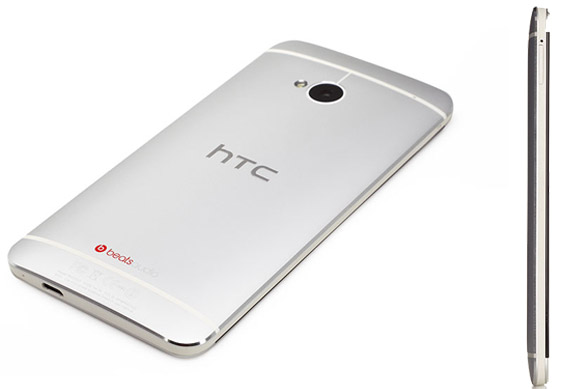
The HTC One is absolutely gorgeous, sporting a zero-gap aluminum design that rivals the iPhone 5. The curved back makes the device easy to hold, even if this 4.7-inch handset is on the hefty side. Add in polished chamfered edges, spun metal volume controls and etched antennas on the back and you have the most beautiful Android phone yet.
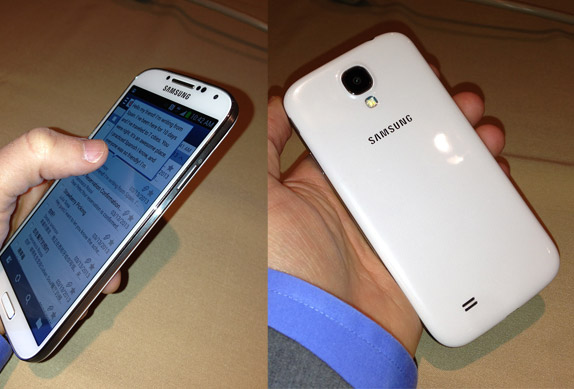
With its polycarbonate (plastic design), the Samsung Galaxy S4 simply doesn't have the same premium look for feel as the One. However, Samsung's device is thinner and lighter than HTC's phone, even though it has a larger display (5 inches versus 4.7 inches). The S4 measures 5.38 x 2.75 x 0.31 inches and weighs 4.6 ounces, while the One weighs 5.1 ounces and measures 5.4 x 2.68 x 0.36 inches.
Early Winner: HTC One. The Galaxy S4 is slimmer and lighter, but the HTC One rules in terms of aesthetics and overall build quality.
Display
Stay in the know with Laptop Mag
Get our in-depth reviews, helpful tips, great deals, and the biggest news stories delivered to your inbox.
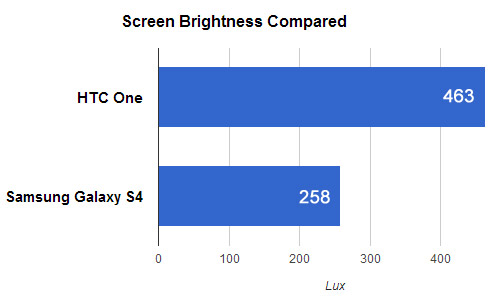
Now that full HD (1080p) screens are practically standard on high-end phones, device makers need to make their wares stand out in other ways. Still, the pixels per inch can make a difference in terms of how sharp that display looks. Here, HTC has the edge, because it crams 1920 x 1080 pixels into a 4.7-inch Super LCD 3 screen; that translates to 468 ppi, compared with 441 ppi for the Galaxy S4's Super AMOLED panel.
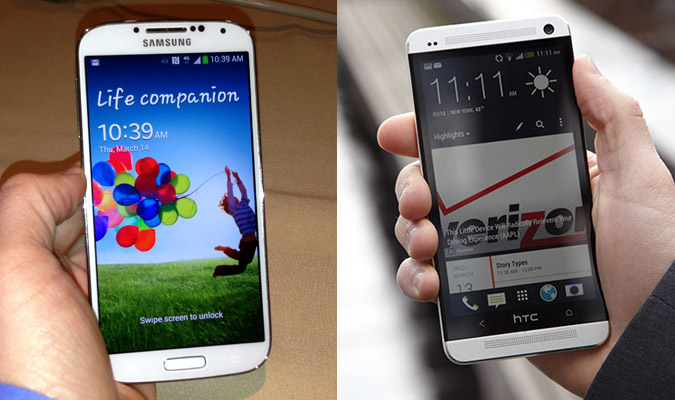
The HTC One outshines the Galaxy S4 in another way: brightness. When we hit both phones with our light meter, the One registered 463 lux and the S4 mustered only 258 lux. The Samsung's number is lower than the smartphone category average of 299 lux. What the S4's screen has going for it is deeper black levels and more saturated colors, which some users prefer when viewing photos and videos.
Early Winner: HTC One. Not only is the One brighter than the S4, making the screen easier to see outdoors, it provides a slightly sharper picture.
Audio
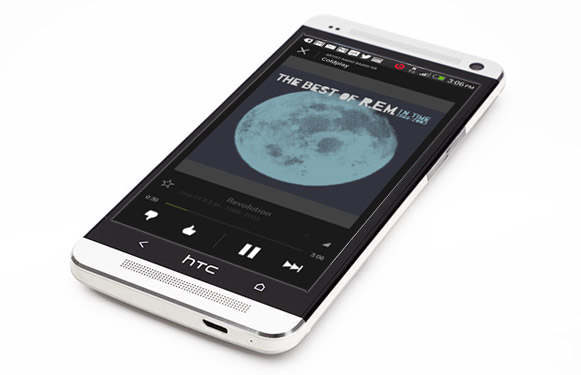
If you're going to market your phone with a name like BoomSound, you had better back it up. The HTC One does just that with dual-stereo speakers powered by Beats Audio. In our testing, the handset provided amazingly loud and clear sound at just a little over half-volume. Seriously, an external speaker is almost redundant when listening to your favorite tunes on Spotify or Pandora. Plus, because the speakers flank the display, you're unlikely to cover them up with your thumbs when gaming.
The Galaxy S4 has just a single speaker on its back, but it pumped out plenty of volume in our hands-on testing. However, the sound could get muffled when you place the phone on a desk or when holding it in your hand. The audio quality also wasn't nearly as rich.
Early Winner: HTC One. If sound quality matters to you, the One will rock your world.
Interface
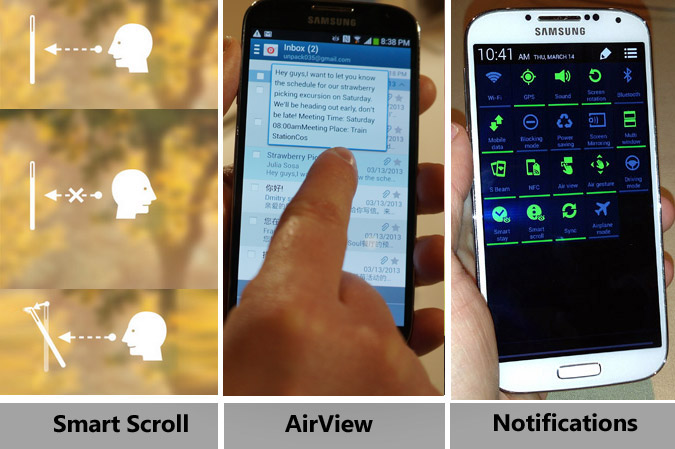
On the surface, the Galaxy S4's software doesn't look much different than the S3's, but how you interact with this device has changed dramatically. Using Air Gestures, you can change music tracks, flip through photos and answer the phone just by waving your hand in front of the S4's camera. Meanwhile, Air View allows users to preview info by hovering your finger above the display (no pen required).
Not impressed? The S4 can also track your eyes to pause videos (Smart Pause) when you look away from the screen and you can scroll content (Smart Scroll) by tilting the phone in your hand as you view a Web page. S4 owners can easily toggle these and other features via a drop-down option in the enhanced notification menu.
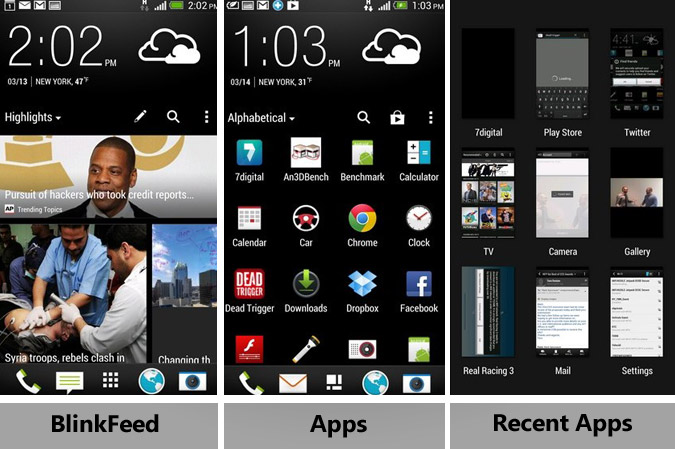
The new interface on the HTC One concentrates more on the look and feel than how you control the phone. A new BlinkFeed UI on the home screen streams headlines and social updates, so you're always in the know. There's no question that there's some Windows Phone interface here, combined with a sprinkle of Flipboard. If you find BlinkFeed too busy, you can always opt for a traditional-looking home screen, but assuming you customize the feed the way you want, I think most One owners will like it.
The HTC One has another small advantage over the S4 with its proprietary recent app menu. You can see up to nine apps at once, versus a few for the Samsung.
Early Winner: Samsung Galaxy S4. While HTC's BlinkFeed is sleek and can help keep you in the know, the S4's sheer innovation and easy access to important settings helps it win this round.
Camera
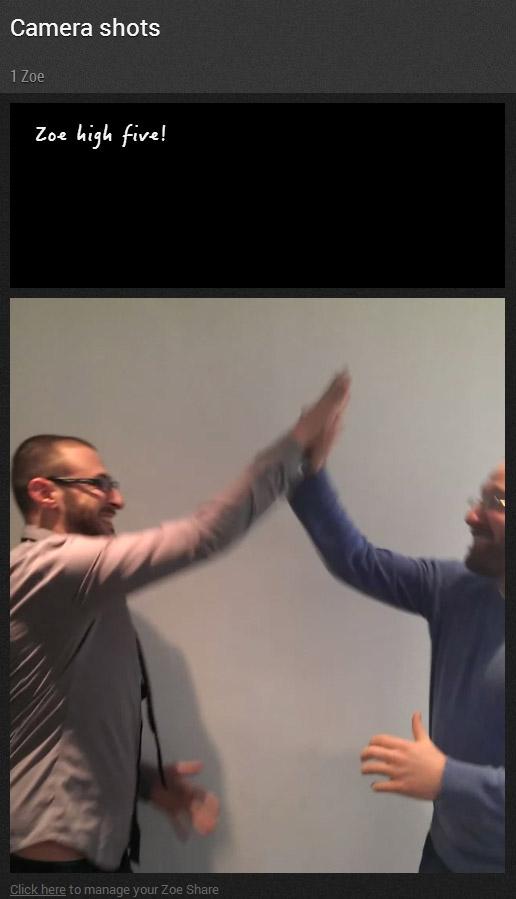
HTC and Samsung took vastly different approaches to their cameras for the One and Galaxy S4. The former smartphone emphasizes better low-light performance with its Ultrapixel camera, while the latter focuses on higher resolution and a bevy of clever features.
Let's start with the One, whose 4-megapixel Ultrapixel shooter uses a larger sensor than other phones to capture up to 300 percent more light. While we didn't have a chance to compare the One and S4 side by side, we noticed that the One generally did a better job capturing brighter images indoors in dim conditions. However, when you zoom in or crop images, you'll see less detail than what other phones deliver.
HTC also included a fairly unique feature in Zoes. A dedicated Zoe button in the camera app lets you capture 20 still frames along with 3 seconds of video. Plus, the camera starts a second before you press the button and finishes 2 seconds after you press stop, which means you're less likely to miss that moment. From there, you can share your Zoes on social networks, but they'll redirect to zoeshare.htc.com.
The Galaxy S4 comes to this round bearing a 13-MP back camera and 2-MP front camera. It's not really about the resolution, though, but how Samsung is attempting to redefine the picture taking experience.
For example, with Dual Shot and Dual Recording, you can shoot images and videos using the front and back cameras at the same time. The idea is that the photographer can insert themselves into the shot, and they can choose from multiple fun themes. Another highlight feature is Eraser, which lets you remove unwanted subjects who have wandered into the frame as a photo bomb.
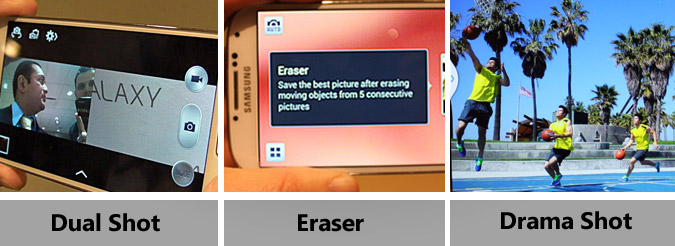
There's more. Sound and Shot records 6 seconds of audio along with still images, and Drama Shot lets you capture multiple shots of the same moving subject in the same image. The HTC One offers a similar feature, but it's buried within the editing menu of Zoes.
Winner: Samsung Galaxy S4. The HTC One produces brighter images, but the Galaxy S4 pulls ahead with a ton of fun and compelling photo features.
Specs and Performance
The U.S. Version of the Galaxy S4 and HTC One both feature Qualcomm's latest quad-core Snapdragon 600 processor, promising 40 percent better performance than the Snapdragon S4 Pro processor. The S4 will house a 1.9-GHz CPU, and the HTC One's processor runs at 1.7 GHz. Both handsets come with 2GB of RAM.
| Row 0 - Cell 0 | HTC One | Samsung Galaxy S4 |
| Row 1 - Cell 0 | Row 1 - Cell 1 | Row 1 - Cell 2 |
| Screen Size (inches) | 4.7 | 5.0 |
| Resolution | 1920 x 1080 | 1920 x 1080 |
| Pixel Density (ppi) | 468 | 441 |
| Processor | 1.7-GHz Qualcomm quad-core | 1.9-GHz Qualcomm quad-core, 1.6-GHz Exynos octa-core |
| RAM | 2GB | 2GB |
| Internal Storage | 32GB, 64GB | 16GB, 32GB, 64GB |
| Battery | 2300mAh | 2600mAh |
In our testing, the HTC One notched an overall score of 23,488 on the AnTuTu benchmark, which measures CPU, GPU, RAM and I/O performance. That's faster than the Galaxy S4's score of 21,089.
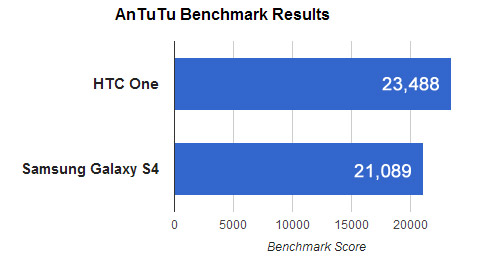
We also ran Geekbench on the HTC One, which measures integer, floating Point, memory and stream performance. The device turned in a score of 2,632, which is lower than what Android Authority recorded for the Galaxy S4 on the same test (3,163). By comparison, the iPhone 5 notched 1,647 on the same test.
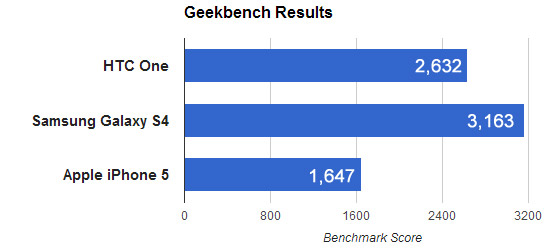
Uniquely, the S4 will offer expandable memory with a microSD Card slot and a replaceable battery. The HTC One offers a sealed design with 32GB of memory to start, while the Samsung will start with 16GB. The S4 also has a higher-capacity battery, packing a 2,600 mAh battery compared with 2,300 mAh for the One.
Early Winner: Samsung Galaxy S4. Although the HTC One outperforms the S4 on one benchmark, the S4 soundly beat it in another. More importantly, you can add more memory and swap out the (larger) battery in the Samsung.
Special Features
Couch potatoes, rejoice. Both the Galaxy S4 and HTC One ship come with an IR blaster on the top and software from Peel to help control your TV. Samsung goes the extra mile, though, by adding Samsung Hub integration for downloading movies or shows you might want to watch.
The HTC One also features Sense Voice, which leverage the two mics to compensate for ambient noise and boosts in-call voices. Other features unique to the One are covered elsewhere in this face-off, including BlinkFeed, BoomSound and Zoes in the camera.
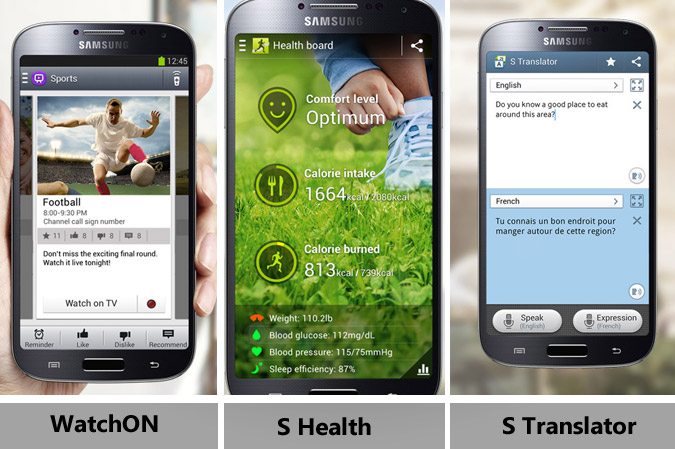
Samsung piles on the features in the Galaxy S4. S Translate can translate text and voices into nine different languages, while S Health can keep tabs on your steps taken and calories burned, as well as your diet and even the comfort of your environment. S Health will sync with Samsung's own accessories, such as the S Band (think Fitbit) and a scale.
There's a lot more the S4 offers, including an improved ChatOn client that supports three-way video calls and Group Play for blasting a tune on multiple S4 phones at once.
Early Winner: Samsung Galaxy S4. Samsung's phone almost does too much, but the good news is that most users will find at least a couple of features that will resonate with them.
Overall Outlook
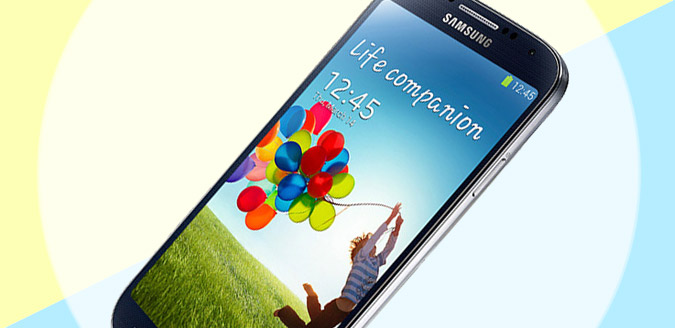
To a certain degree, the verdict is already in on the HTC One. Based on our review of the international version, the phone boasts a better design than the Galaxy S4, a more impressive low-light camera and a more dynamic interface that's great for snacking on content. Plus, the One's dual speakers deliver louder and richer sound, and you get a brighter display. We're just waiting to see how long the U.S. version's battery lasts on 4G LTE networks.
On the other hand, it's hard to compete against the S4's bevy of features. While some may consider Samsung's eye controls gimmicky, the motion gestures really do come in handy. We also love the way the S4 leverages the front and back camera at the same time. And while the design doesn't inspire, Samsung deserves credit for offering a bigger screen than the One in a thinner and lighter design. Features like S Health and a revamped S Hub demonstrate that the Galaxy S4 phone isn't just a phone. It's the center of a robust ecosystem.
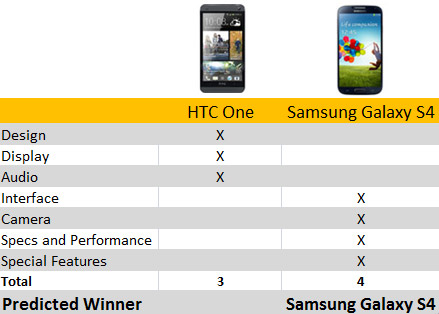
The bottom line is that both the HTC One and Galaxy S4 are shaping up to be two of the best smartphones of the year. It's up to you to decide which advantages and features resonate with you more. But if I had to make a call on one or the other, I'd give the edge to the S4 because of its many, many talents.
Editor-in-chief Mark Spoonauer directs LAPTOP’s online and print editorial content and has been covering mobile and wireless technology for over a decade. Each week Mark’s SpoonFed column provides his insights and analysis of the biggest mobile trends and news. You can also follow him on Twitter and Google+.

